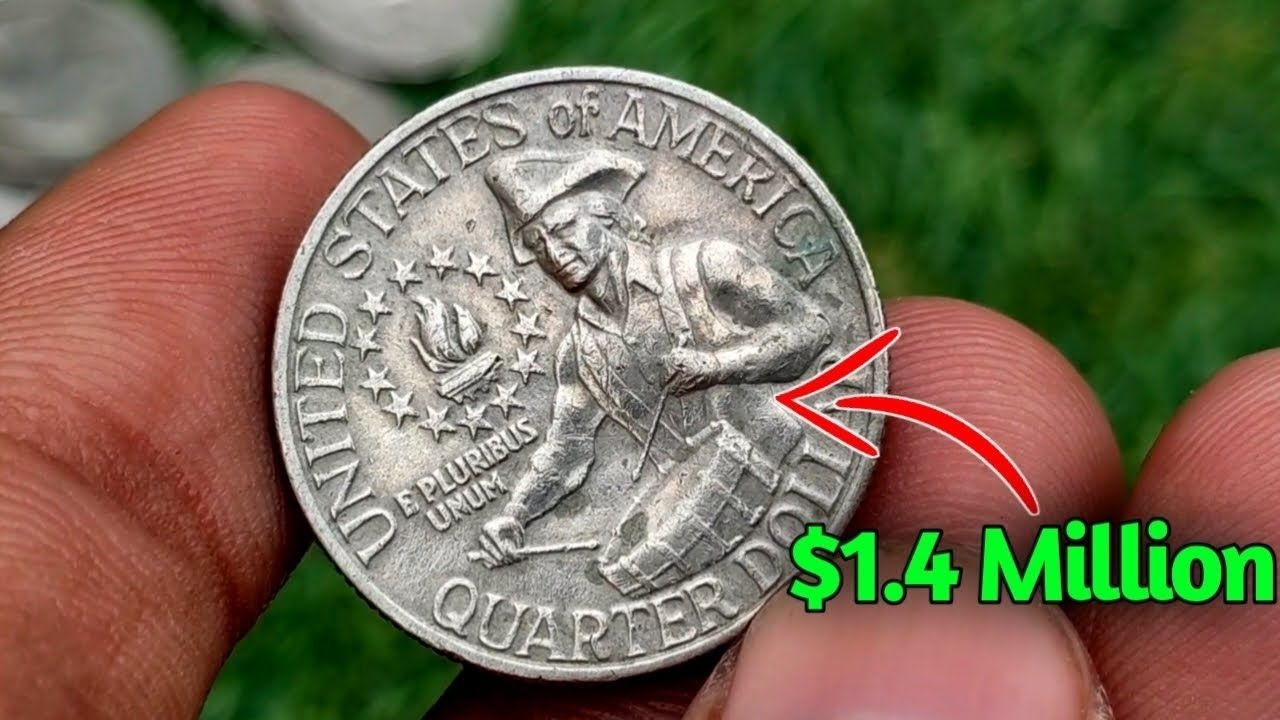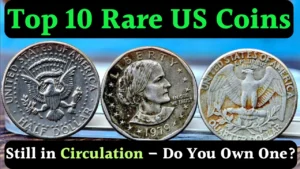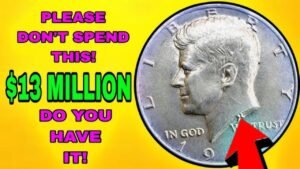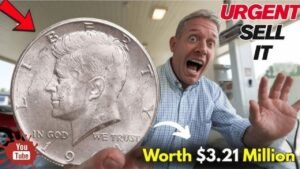What if a quarter in your pocket could make you a millionaire? In 1976, the U.S. Mint released the Bicentennial Quarter to celebrate America’s 200th birthday, and one rare version recently sold for a staggering $1.4 million!
While most of these coins are worth just 25 cents, certain errors and pristine examples are collector’s gold. Could you have one in your spare change? Let’s explore what makes this quarter so valuable and how to spot a treasure.
The 1976 Bicentennial Quarter: A Patriotic Icon
Celebrating America’s 200th Anniversary
In 1976, the U.S. marked its bicentennial with fireworks, parades, and the release of the Bicentennial Quarter. Unlike the standard Washington quarter, this coin features a unique reverse: a colonial drummer, a torch, and 13 stars symbolizing the original colonies. Designed by Jack L. Ahr, it’s a tribute to America’s fight for independence. The obverse still shows George Washington, but with a dual date, “1776–1976,” making it instantly recognizable.
Massive Production, Rare Gems
Over 1.7 billion Bicentennial Quarters were minted in 1975 and 1976, so they’re common in circulation. Most are worth face value, but rare variants—especially those with errors or in perfect condition—can fetch thousands or even millions. The $1.4 million quarter is a once-in-a-lifetime find that has collectors buzzing.
Why Is This Quarter Worth $1.4 Million?
A Silver Planchet Error
The $1.4 million Bicentennial Quarter is extraordinary because it was struck on a 40% silver planchet meant for proof coins, not the standard copper-nickel clad used for circulation coins. This error, combined with a near-perfect MS68 grade from PCGS, makes it one of the rarest quarters ever. Such coins were likely struck by mistake and released into circulation, where one lucky collector found it.
Key Factors Driving Value
Several elements can turn a Bicentennial Quarter into a fortune:
- Rarity: Errors like silver planchet strikes are extremely uncommon.
- Condition: Mint-state coins (MS67 or higher) with no wear are highly prized.
- Minting Errors: Double dies, off-center strikes, or wrong planchets boost value.
- Silver Content: Some 1976 quarters from San Francisco were struck in 40% silver for collector sets, adding intrinsic value.
A similar silver-clad error coin sold for $1.4 million at a 2024 auction, fueling excitement among collectors.
How to Spot a Valuable Bicentennial Quarter
Check the Date and Mint Mark
Look for the “1776–1976” date on the obverse. Check the mint mark below Washington’s neck: “D” for Denver, “S” for San Francisco, or no mark for Philadelphia. San Francisco minted 40% silver coins for proof and uncirculated sets, which are more valuable.
Inspect for Errors
Examine your quarter for these rare traits:
- Silver Edge: A solid silver edge (instead of a copper stripe) indicates a silver planchet error.
- Double Die: Look for doubled lettering or details, especially on “LIBERTY” or the drummer.
- Off-Center Strike: Misaligned designs can increase value significantly.
Assess the Condition
Pristine coins with sharp details and no scratches or wear are worth more. Use a magnifying glass to check for clarity. Never clean a coin, as it can destroy its value.
Get a Professional Appraisal
If you suspect a rare quarter, consult a grading service like PCGS or NGC. They can authenticate errors and assign a grade, boosting market value.
| Feature | Details | Potential Value |
|---|---|---|
| Date | 1776–1976 | $0.25–$1.4M |
| Mint Mark | None (Philadelphia), D, S | Varies by rarity |
| Errors | Silver planchet, double die, off-center | $100–$1.4M |
| Condition | MS67–MS68 | $50–$1.4M |
| Silver Variants | 40% silver (S-mint) | $5–$10,000+ |
The Thrill of Finding Treasure
The $1.4 million quarter was reportedly found in a bank roll in 2023, proving that rare coins can still surface in everyday change. Stories like this spark a treasure-hunting frenzy, with collectors scouring old jars, inherited collections, and even casino change, where quarters often circulate. The Bicentennial Quarter’s patriotic design and historical significance make it a favorite among numismatists.
Why Collectors Love Bicentennial Quarters
Beyond their potential value, these quarters are a tangible link to America’s 200th anniversary. The colonial drummer and torch design evokes the spirit of 1776, making each coin a piece of history. Collectors cherish them for their beauty and the chance to own a rare variant that could change their lives.
How to Protect Your Coin
If you find a potentially valuable quarter, handle it with care:
- Use Gloves: Avoid oil or dirt damage by handling with cotton gloves.
- Store Safely: Use protective holders or Mylar flips to prevent scratches.
- Don’t Clean: Cleaning can ruin a coin’s value by altering its surface.
- Secure Storage: Keep valuable coins in a climate-controlled safe or bank deposit box.
Where to Sell a Rare Bicentennial Quarter
Think you’ve got a winner? Here’s how to cash in:
- Numismatists: Local coin shops can offer initial appraisals.
- Auction Houses: Heritage Auctions or Stack’s Bowers specialize in rare coins.
- Online Platforms: eBay or numismatic forums connect you with buyers, but verify authenticity first.
- Grading Services: PCGS or NGC certification can significantly increase value.
Final Thoughts: Check Your Change!
The 1976 Bicentennial Quarter is more than just 25 cents—it’s a piece of American history with the potential to make you rich. While most are common, a rare few, like the $1.4 million silver-planchet error, are true treasures. So, dig through your change, check those piggy banks, and take a closer look at your quarters. You might just find a million-dollar piece of America’s past hiding in plain sight.
FAQs About the 1976 Bicentennial Quarter
Why is a 1976 Bicentennial Quarter worth $1.4 million?
A 1976 quarter struck on a 40% silver planchet, meant for proof coins, in near-perfect MS68 condition can fetch $1.4 million due to its rarity and high grade.
How can I tell if my Bicentennial Quarter is valuable?
Check for the “1776–1976” date, mint mark (D, S, or none), and errors like a silver edge or double die. Have it appraised by PCGS or NGC.
Are all 1976 Bicentennial Quarters valuable?
Most are worth $0.25, but silver-clad coins, errors, or high-grade uncirculated examples can be worth $5–$1.4 million.
Where can I sell a rare Bicentennial Quarter?
Sell through auction houses like Heritage Auctions, online platforms like eBay, or local coin dealers. Grading by PCGS or NGC boosts value.
Could a valuable Bicentennial Quarter still be in circulation?
Yes, rare error coins or silver-clad quarters could still be in bank rolls, change, or old collections, as some were accidentally released.




